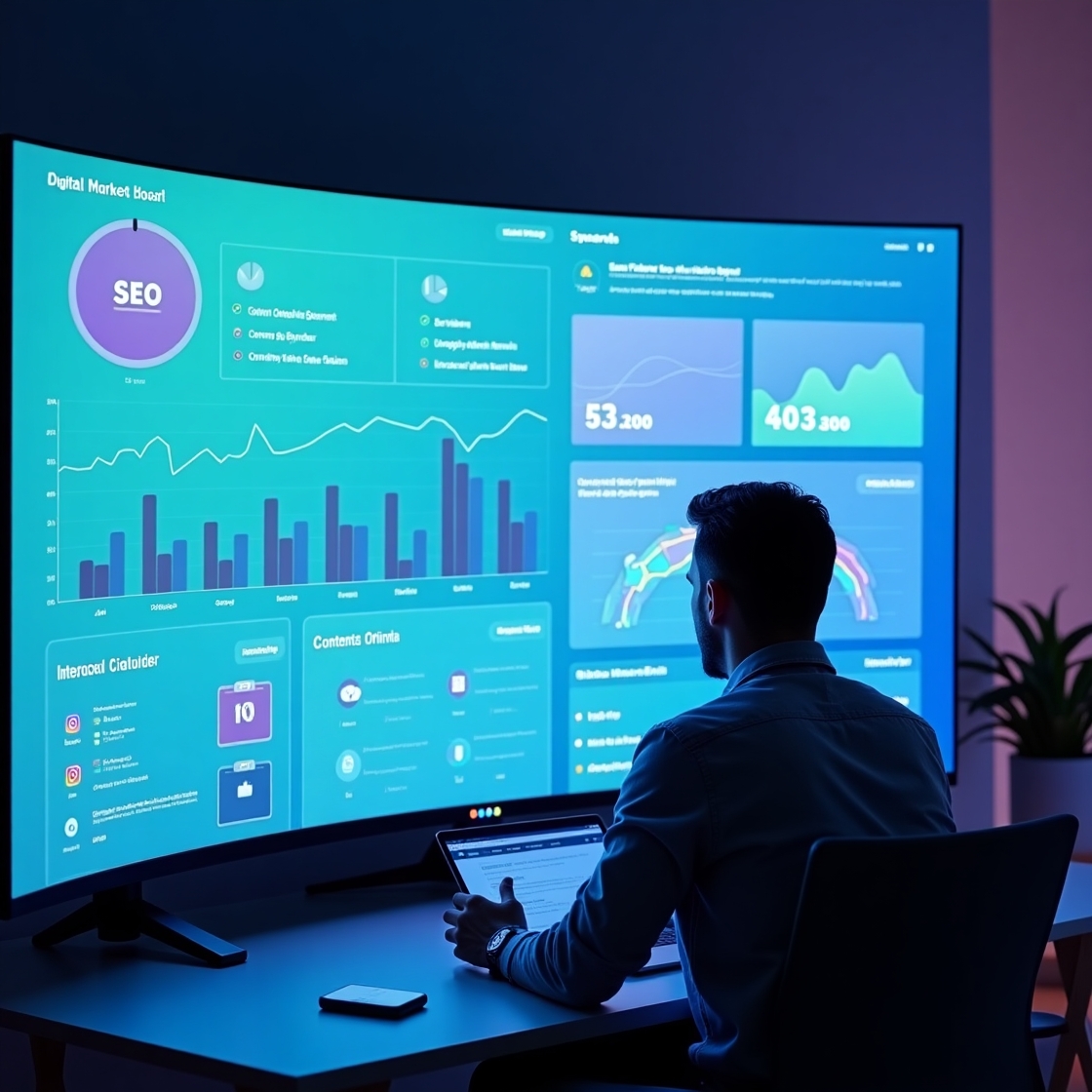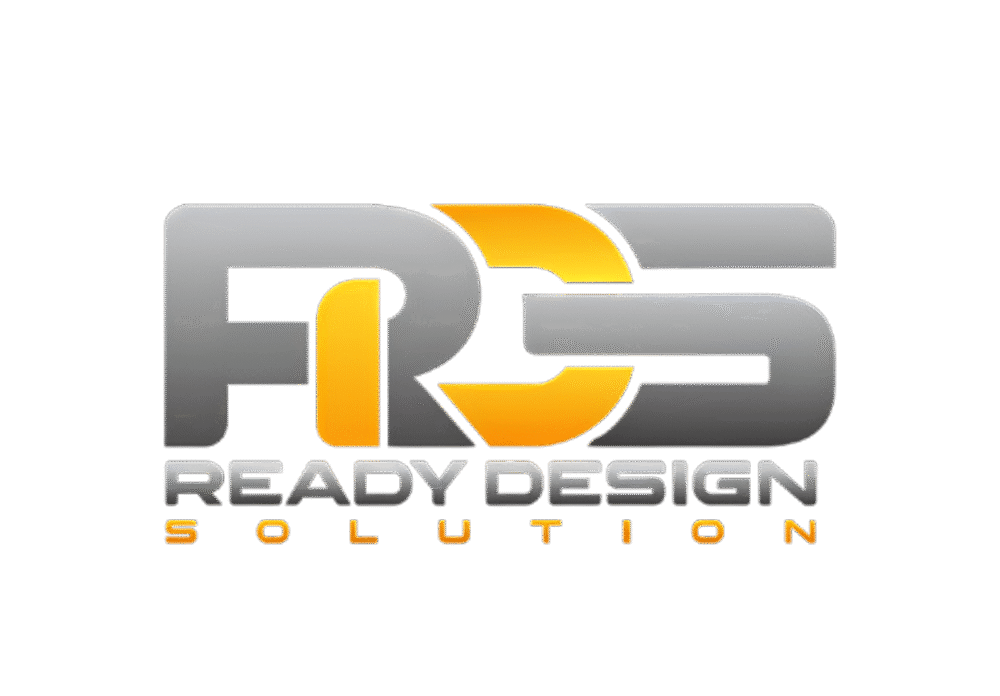
Making content in 2025 isn’t only about writing blogs or sharing on social media. The brands that triumph are the ones that make their websites, SEO efforts, and digital marketing initiatives all work together as one system.
If you want to stay ahead of the competition, you must reconsider how your web solutions, content, and marketing work together. This post explains the most important parts of a current content strategy that help your site appear in search engines and social media.
Why Integration Will Be Important in 2025
This is what has changed:
Search engines are getting smarter all the time. AI-powered discovery engines like Google and Bing rank material based on its freshness, authoritativeness, and effectiveness across platforms.
It’s not enough to have followers on social media anymore; you need to get them to interact with your content and turn them into customers.
Your website isn’t a separate place. To give customers a consistent brand experience, it needs to connect to your social media, ads, and email channels.
Important Parts of the 2025 Content Strategy Playbook
Let’s review what you need to accomplish well in SEO and social media, all made possible by integrated web solutions.
Content hubs that work for both web and social. By 2025, your website should be the central place for your content.
Make pillar pages about important themes, like “AI in Digital Marketing.”
Connect your blogs, case studies, videos, and social media to these pages.
With smart web solutions like headless CMS or dynamic page builders, you can change information across channels from one dashboard.
As a result, your SEO will improve, and your social media posts will bring people to pages that convert.
SEO and social media work together: one keyword and many places to find. Successful brands today use:
Pick important words that work for both search engines and social media (like “AI marketing tools 2025”).
Use these words to make your blog headlines, video captions, LinkedIn posts, and Instagram Reels all match up. Use dynamic meta tags and OG tags to make your web pages look amazing when shared on social media.
Tip: Use tools like Rank Math, Yoast, and Semrush’s Social + SEO planners to help you with this connection.
AI and automation for smarter delivery of content
Content pros in 2025 utilize AI-powered tools to:
Make plans based on what you think will be popular.
Make different versions of posts automatically, like blog entries, social media snippets, and email teasers.
Change the content of your website according to where the visitor came from (social, organic, or paid).
It’s easier than ever with platforms like HubSpot, Contentful, and Storyblok with AI plugins.
CTAs on all channels and a consistent UX. Your calls to action (CTAs) shouldn’t seem out of place.
Make CTA modules that automatically change across pages with web design tools.
Ensure the CTAs on your social ads match the CTAs on your landing pages.
Use AI heatmaps to see how different devices react to your CTA.
For example, if someone clicks on a Facebook ad, they will see the same offer on your landing page. There is no uncertainty; there is simply conversion.
How to Make Your 2025 Playbook Step 1: Check the performance of your website, social media, and SEO. Find where your material falls short.
Step 2: Make integrated content schedules that help with SEO and social engagement. No more working in separate groups!
Step 3: Buy web tools that link publishing material, tracking SEO, and sharing on social media.
Step 4: Track everything, from keyword ranks to social media clicks to site conversions.
The Future of Content Strategy
We think that by the end of 2025, we will see:
AI-curated content journeys that change based on what each visitor likes. Web platforms that make blogs, social media posts, and emails in different formats from the same source. SEO tools, CMS systems, and social ad managers should work together more closely.
Last Thoughts
If you want to succeed in SEO and social media in 2025, you need more material. You need better, integrated content powered by innovative online technologies.
Make your website, SEO, and online marketing work together. That’s the plan for real growth.
